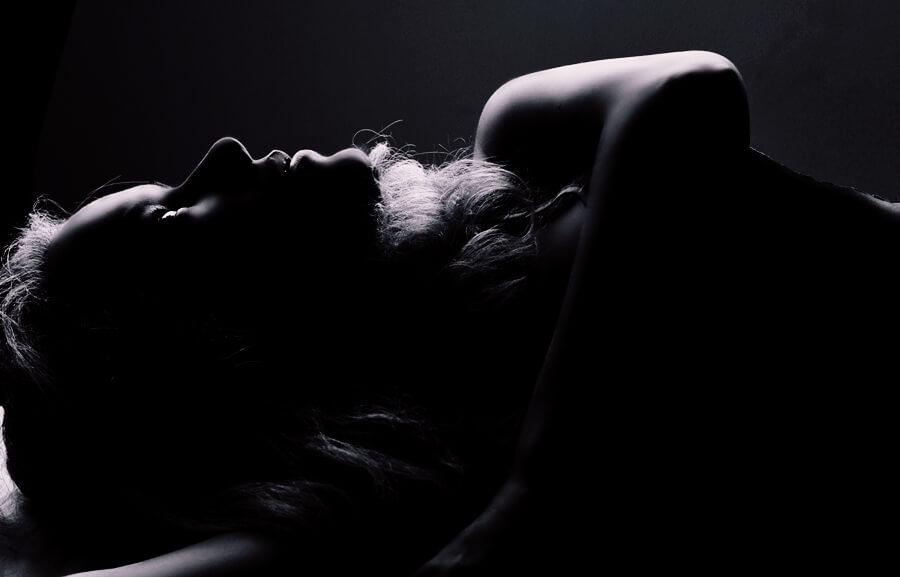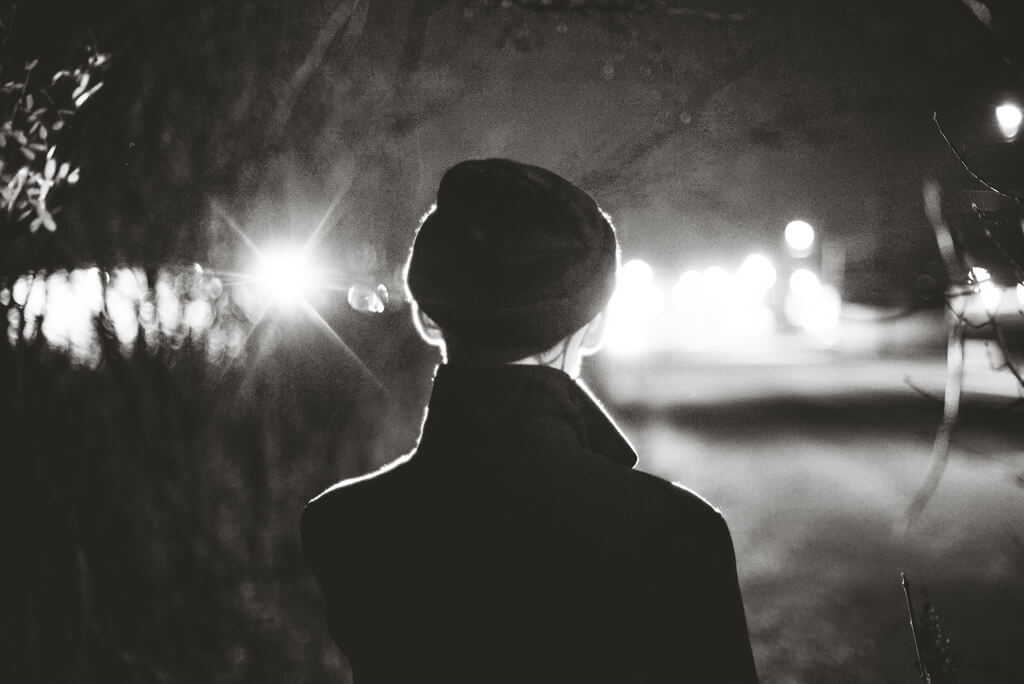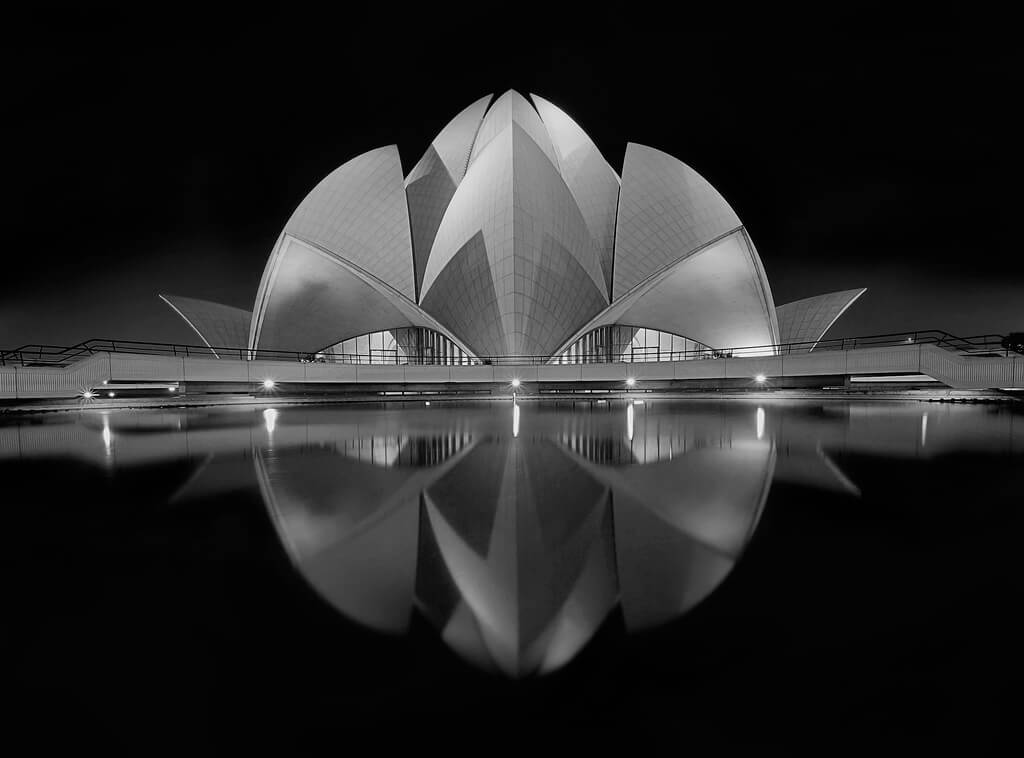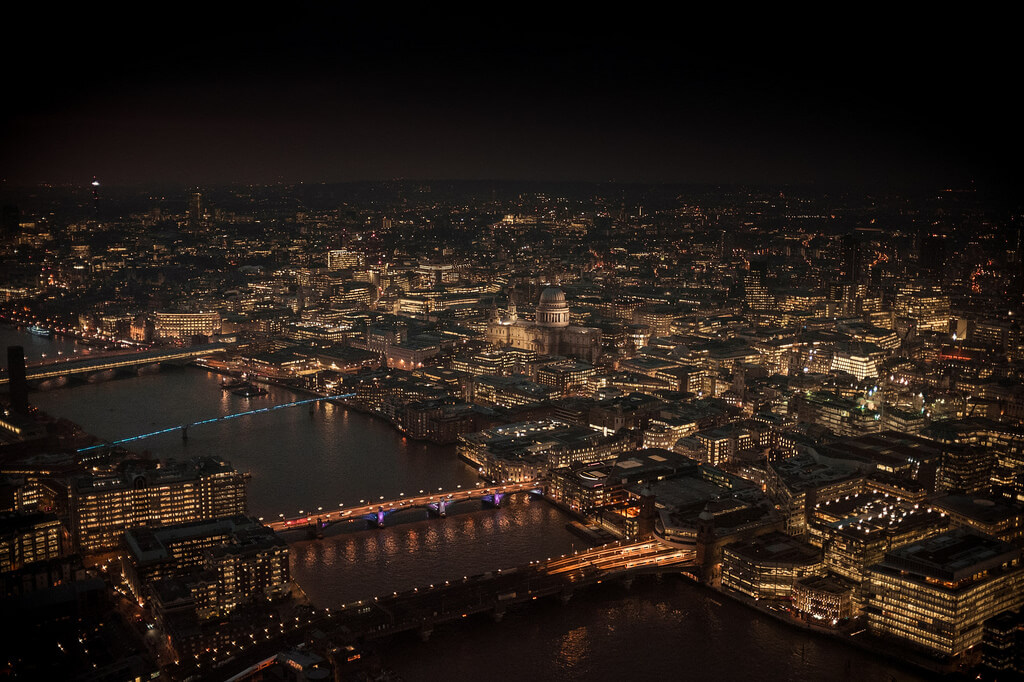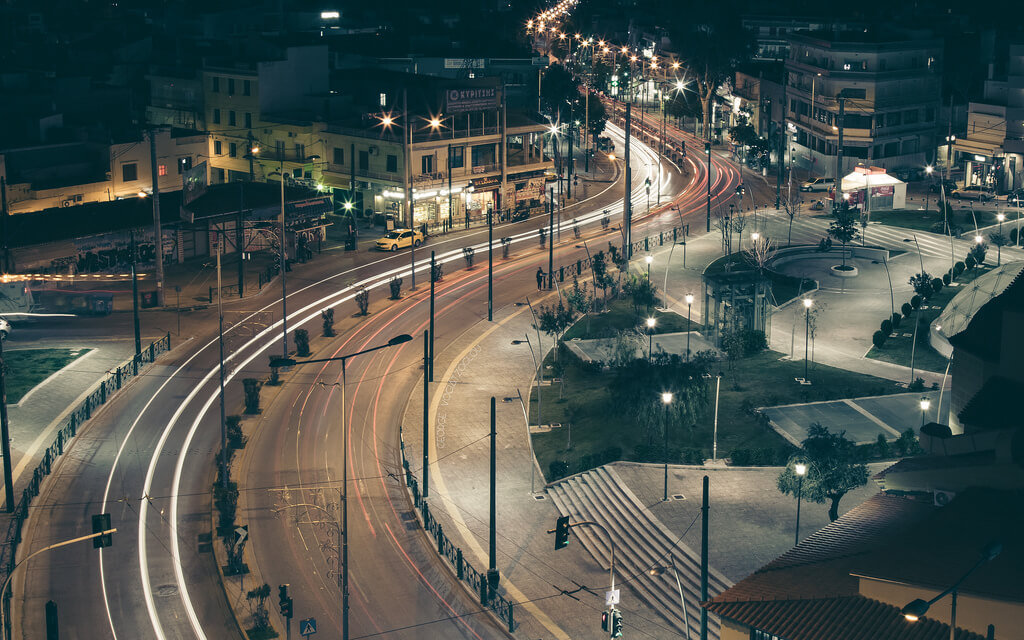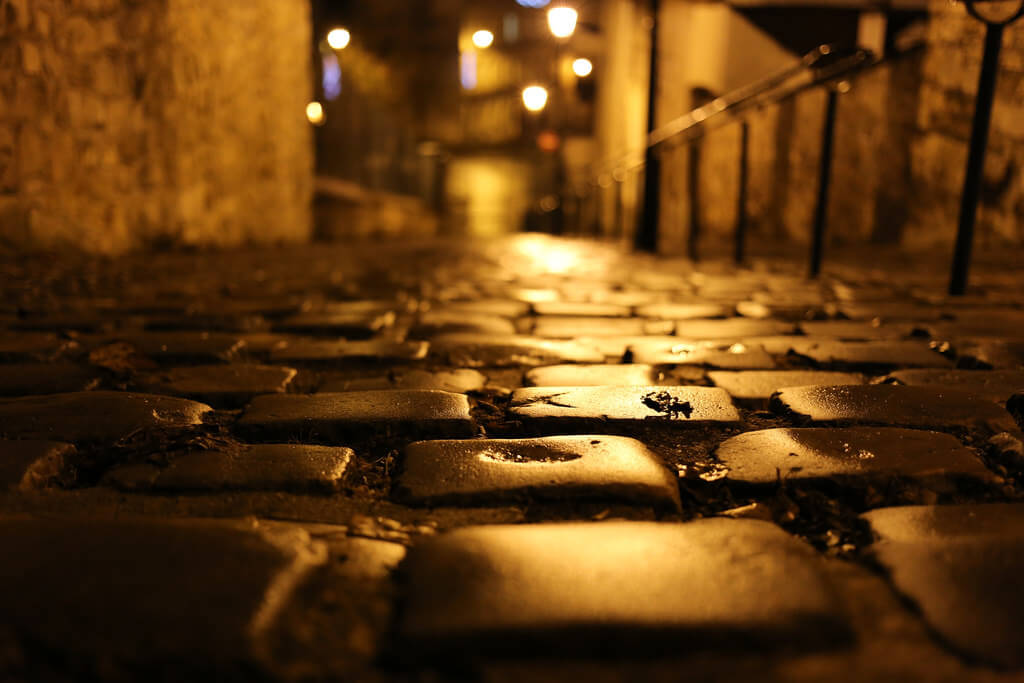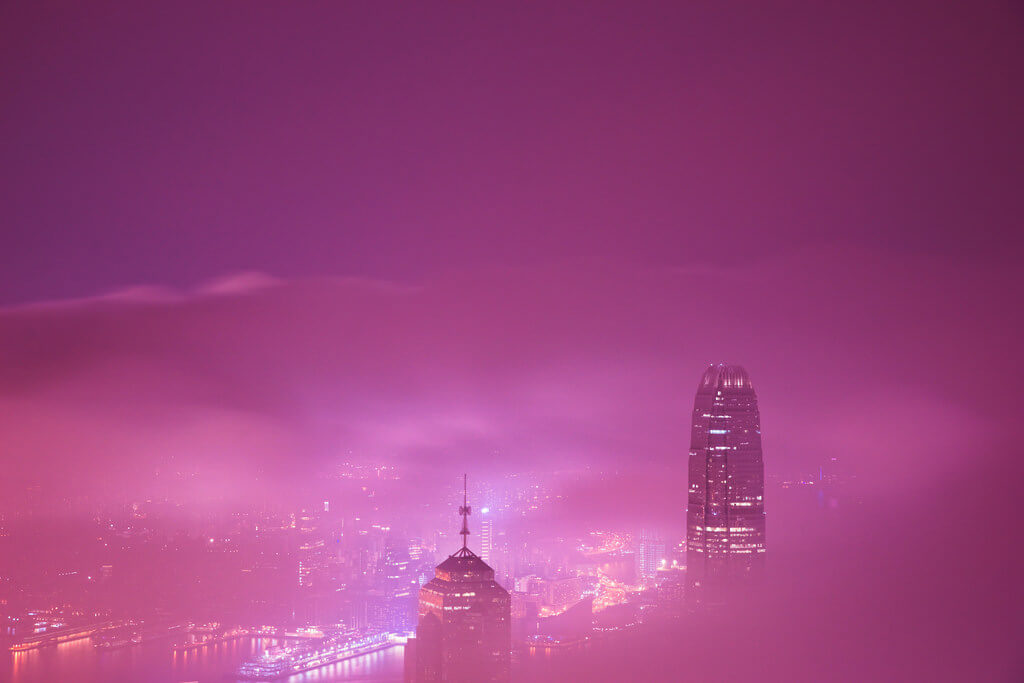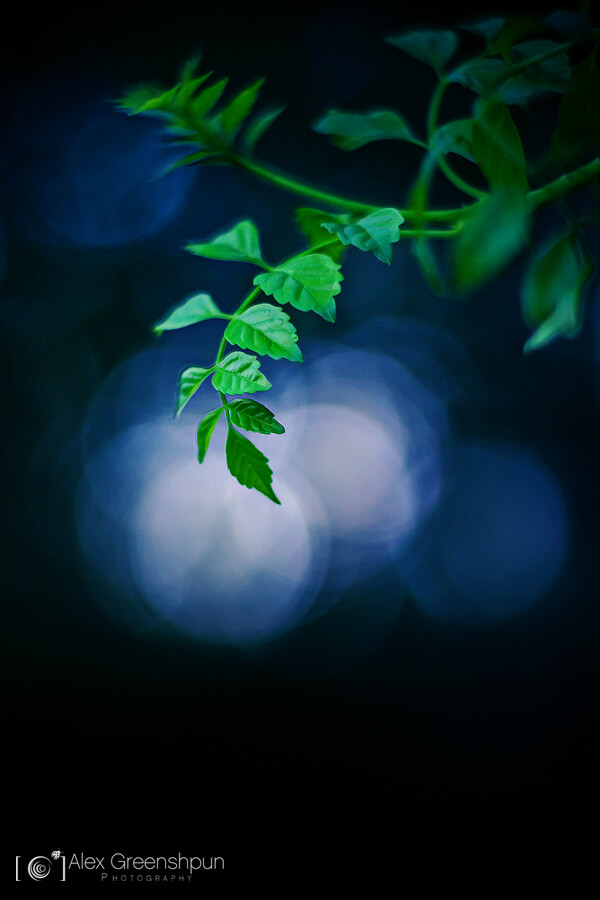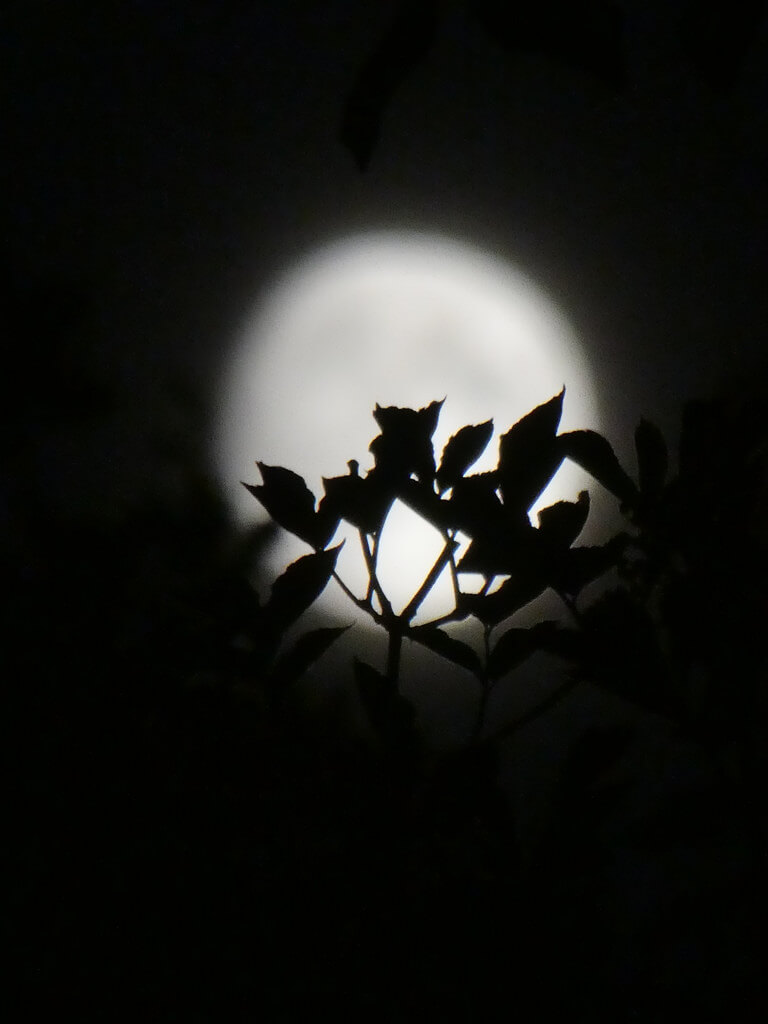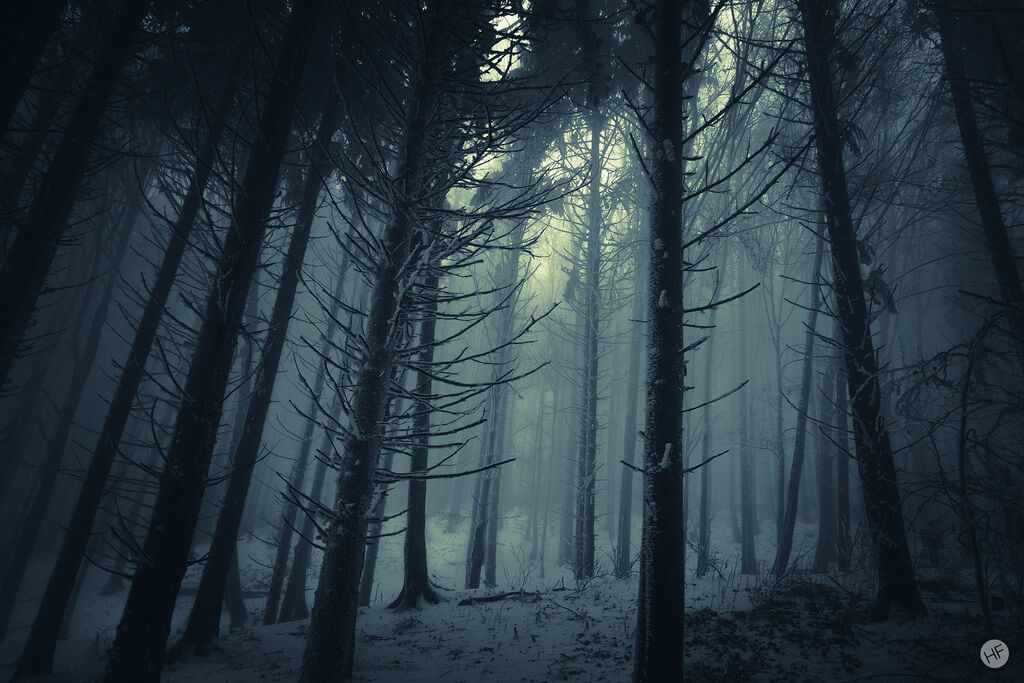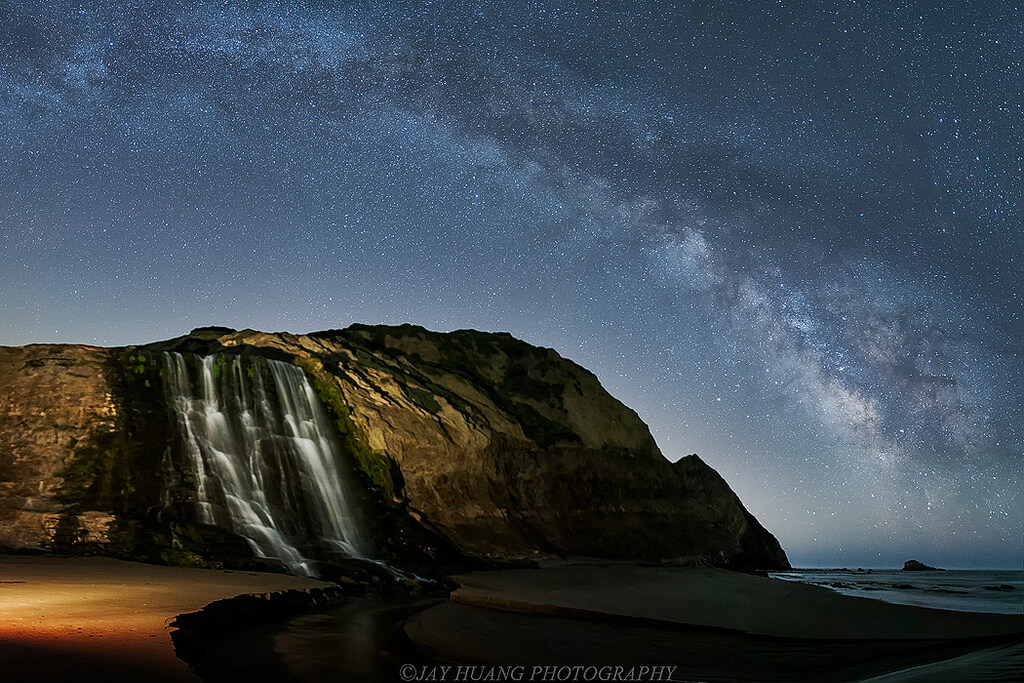Shooting at night can bring with it a roller-coaster ride of emotions. You might start off tired, but quickly feel energized if your shots go well. On the flip side, if you’re not getting the shots you want, you can quickly move from excitement to frustration. This is especially true if you’re not used to photographing at night. Besides the technical challenge in night photography of shooting with limited light, you must also overcome the mental challenge. In other words, you have to fight your desire to give up and go home.
Getting nice shots takes experience, and you typically only get that experience through trial and error, which can prove frustrating. Fortunately, you can cut down on your frustration by doing some research beforehand. For example, you can decide what subjects and/or locations you’ll be shooting. Then, you can look up the best lighting techniques for those subjects and locations. To help, we’ve compiled seven ideas for subjects to try, along with 35 beautiful night photos to inspire you to go out and brave the night.
7 Great Subjects for Night Photography
1. Portraits
Portraits might be the easiest place to start with night photography. That’s because you can position the model, so the lighting will be good. You can even shoot indoors next to a window, using the light from the moon or street lamps as lighting.
photobelmondo – Shooting at midnight
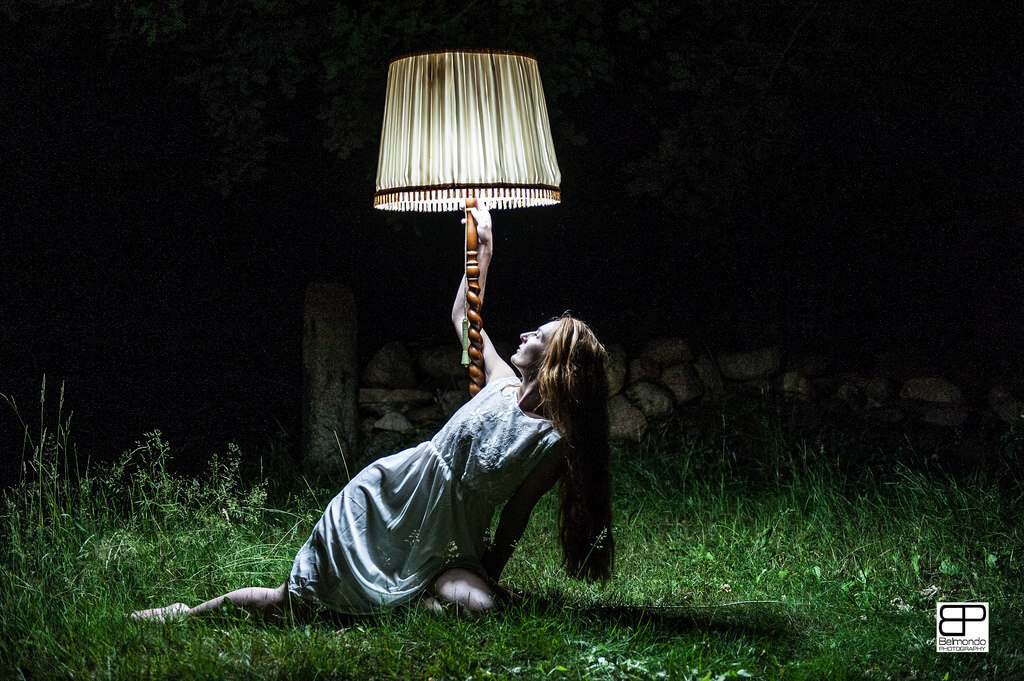
Night portraits with streaking lights adds interest to your photos. You’ll want to use the long exposure photography technique for these types of photos.

Wendelin Jacober – Night Shooting

Darren Moorhouse – -44 Celsius

Night portraits with the Milky Way is also a great option for unique photography, as you can see from the images below.

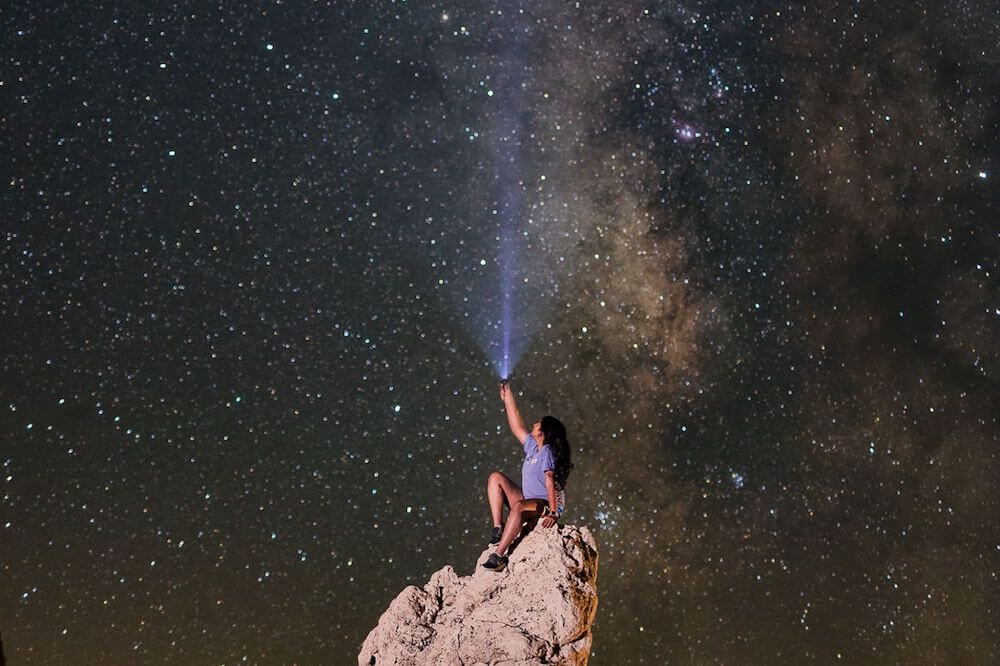
2. Famous Locations
Famous locations are often lit at night, making them easier subjects to capture for night photography. They can also be fun to shoot at night because their atmosphere changes when the sun sets. They might look elegant during the day, but spooky at night. Or they might look more majestic, lit up against the darkness.
Stephen Humpleby – Esperance Stone Henge
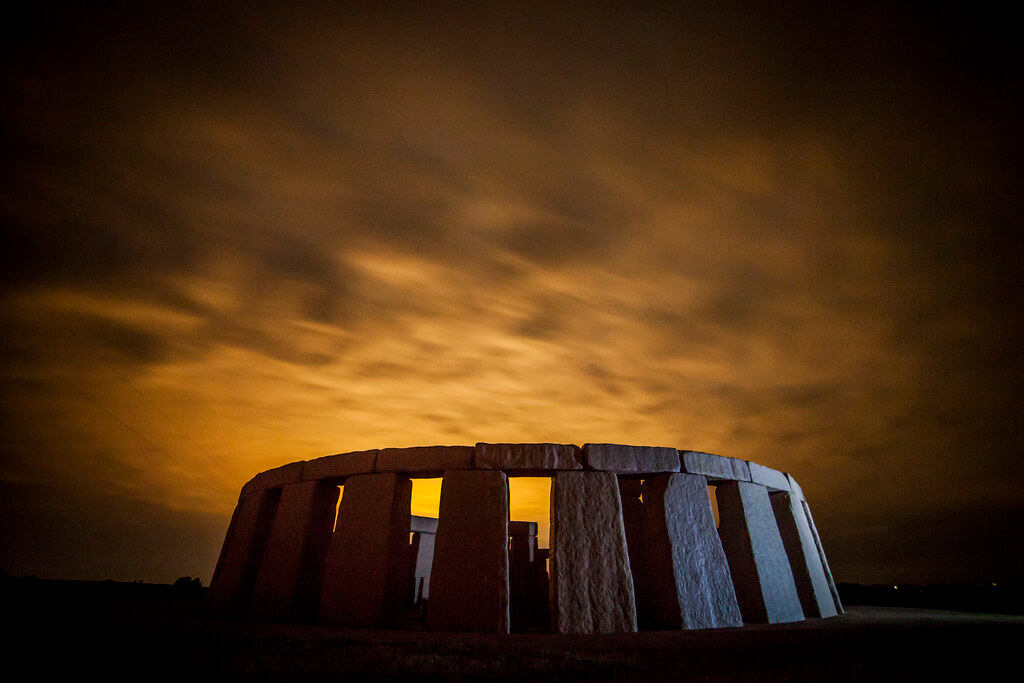
Paul Shears – The Dark Side To Parliament
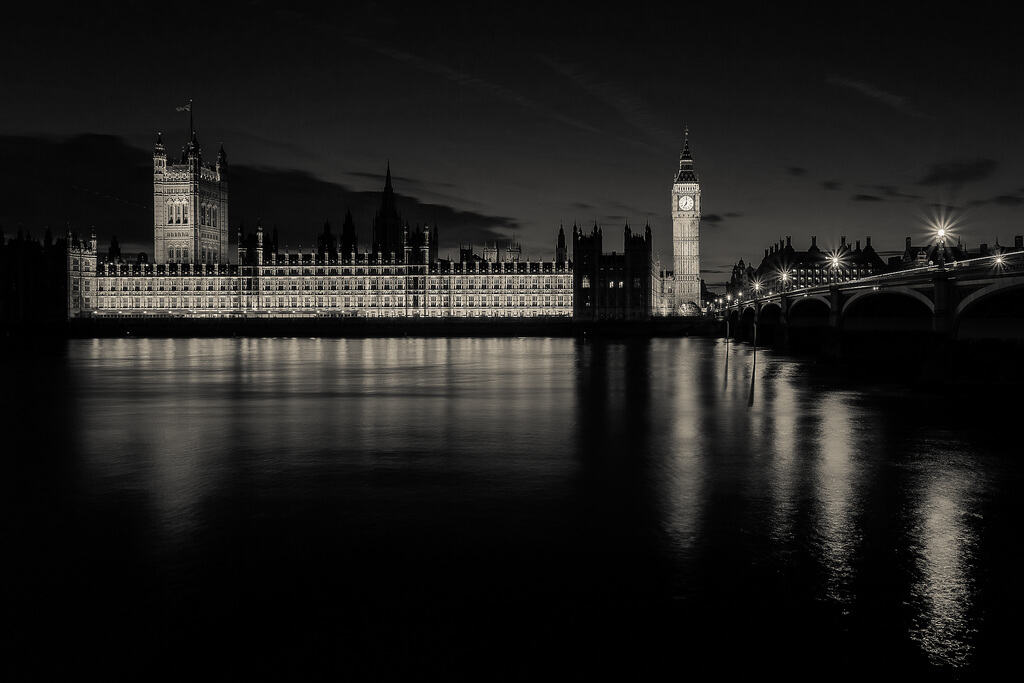
Kevin Dooley – The White House sleeps
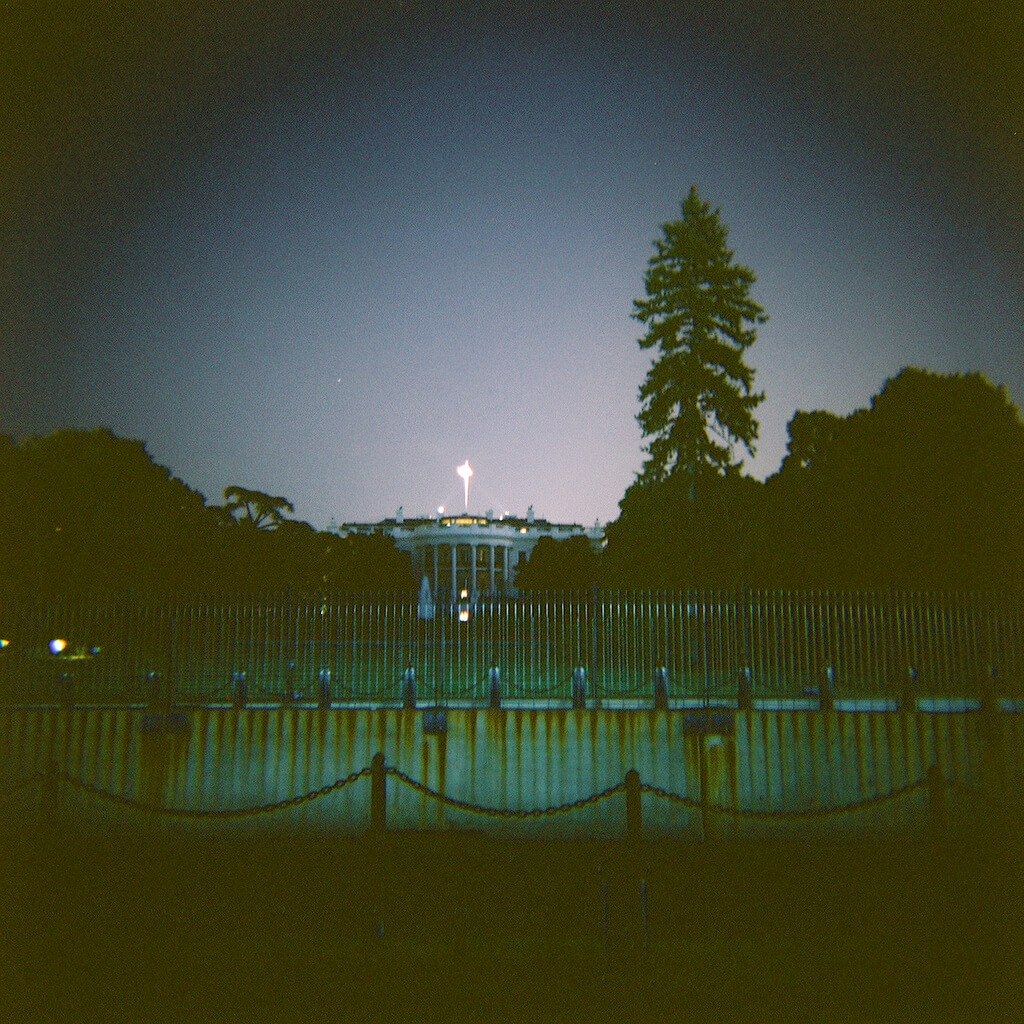
Paul Shears – Night By The Bridge
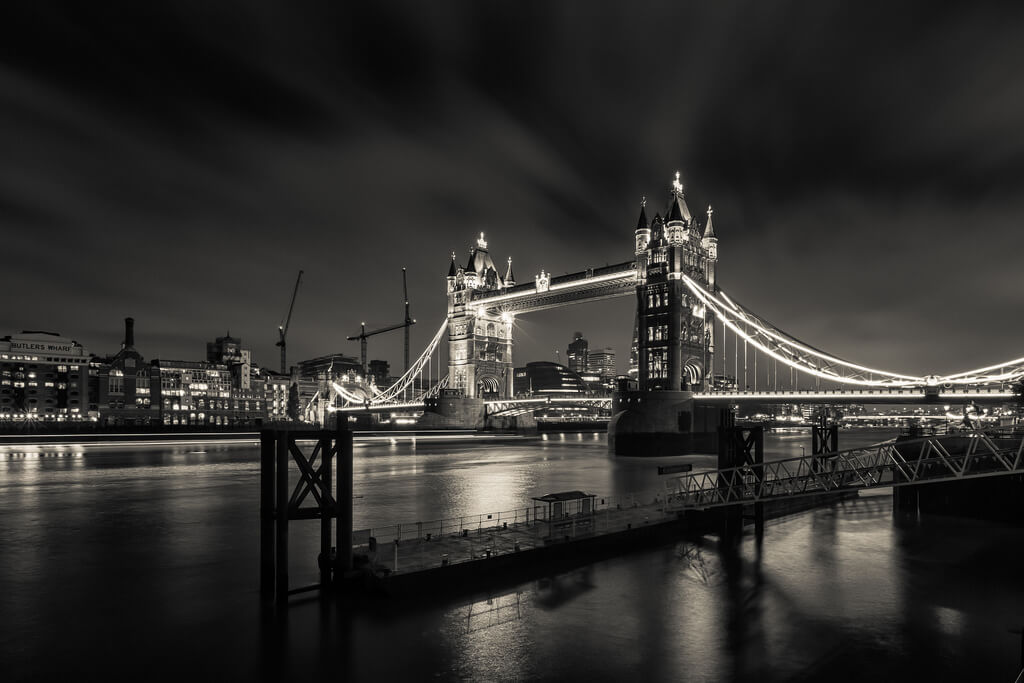
3. City Lights for Night Photography
Skyscrapers, bridges, and other sources of urban light are natural subjects for night photography. Their brilliant glow can make even ugly cities look beautiful. In fact, city lights are such a great subject that we’ve dedicated an entire post to them. If you’re planning to photograph a city at night, be sure to check out these 40 examples of city light photography for more ideas and inspiration.
Shane Taremi – Leidsegraght Canal Bridge, Amsterdam

GeorgeVog – Spring in Athens – Greece
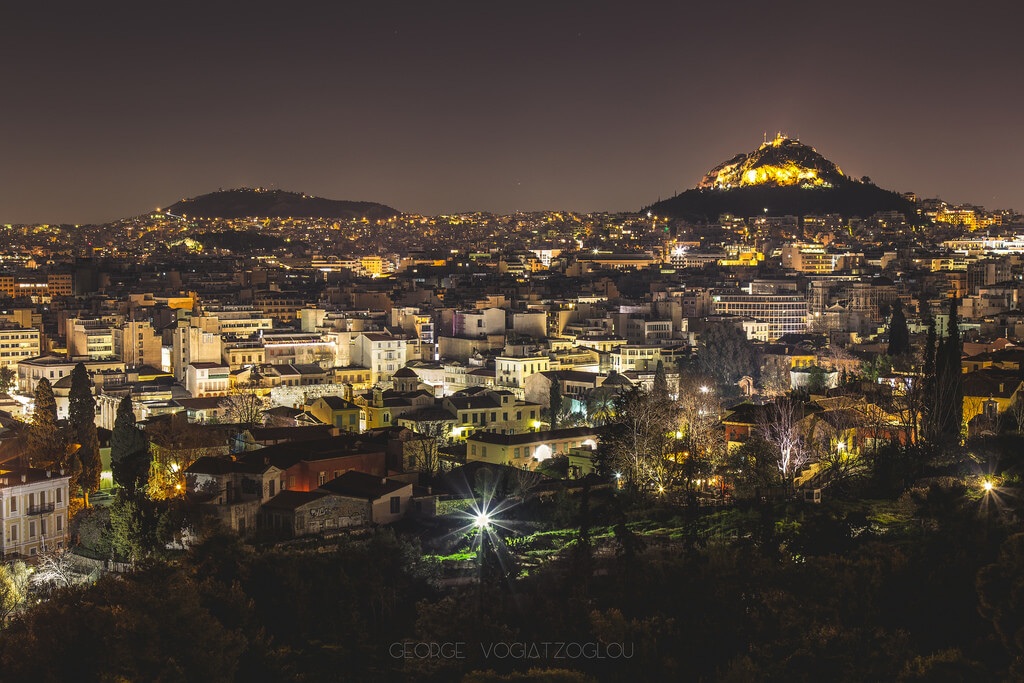
GeorgeVog – Silhouettes above city lights
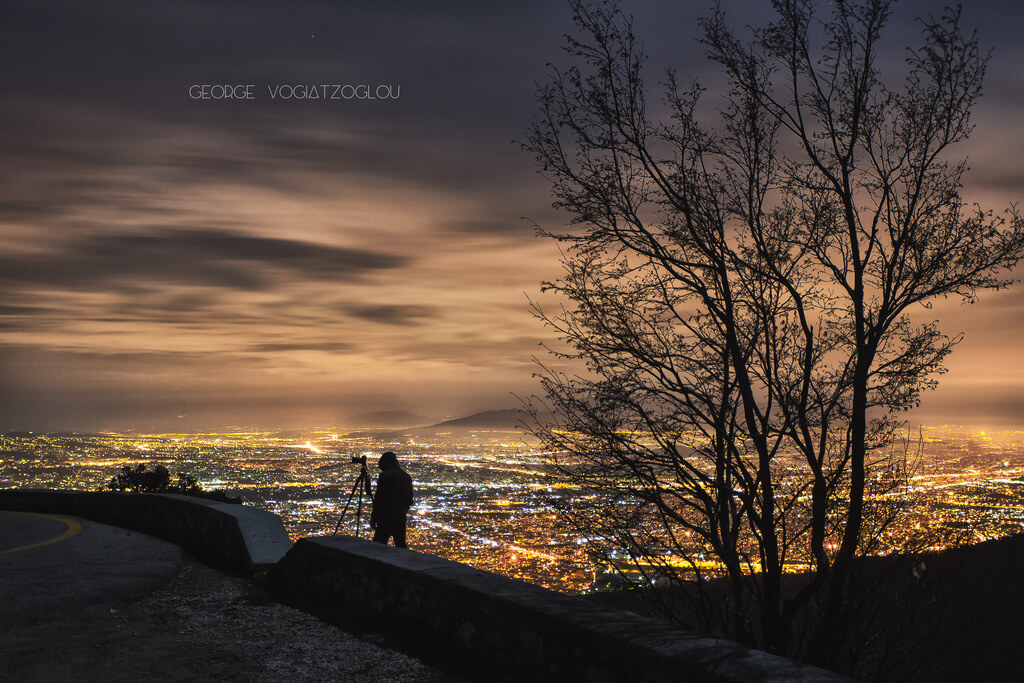
4. Roads
Don’t live in or near a big city? You can still capture brilliant lights and get an urban atmosphere from highways or roads. Even in a small town, streets can look lively in night photos, especially if you’re taking a long exposure. Then, a little traffic can seem like a lot, as each car leaves a streak of light in the photo.
Empty roads can be a cool subject for night photography, too. Though the lighting might be trickier, empty roads have moody, desolate look that’s great for nighttime photos.
John Collins – Multiple Trailing Tail Lights
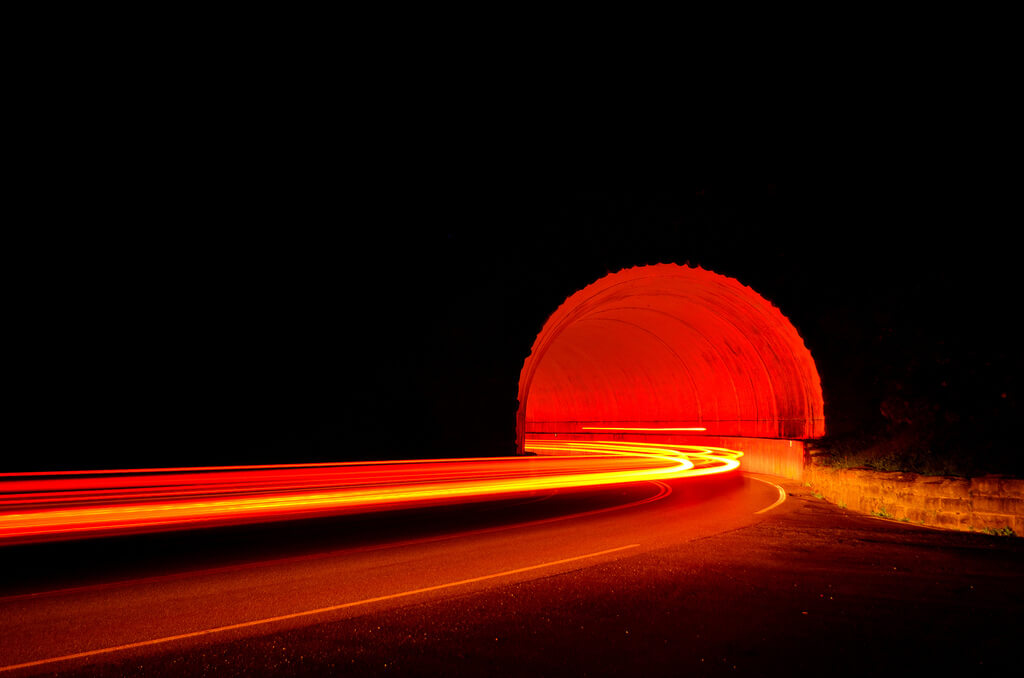
fuad abdullah – On The Rainy Road
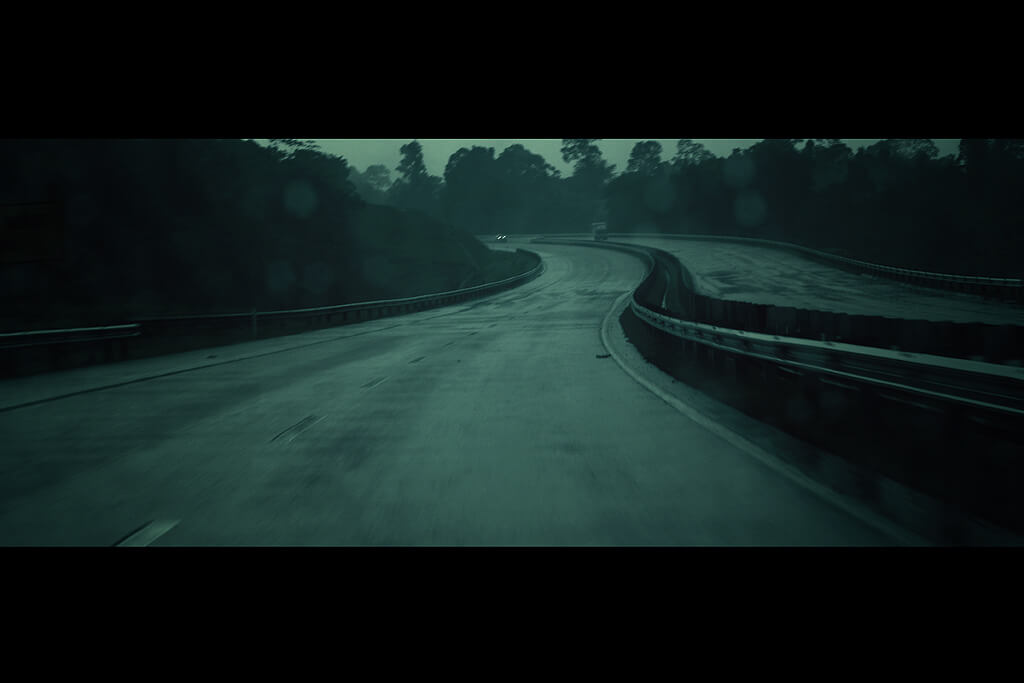
Tomasz Baranowski – Lelystad at night
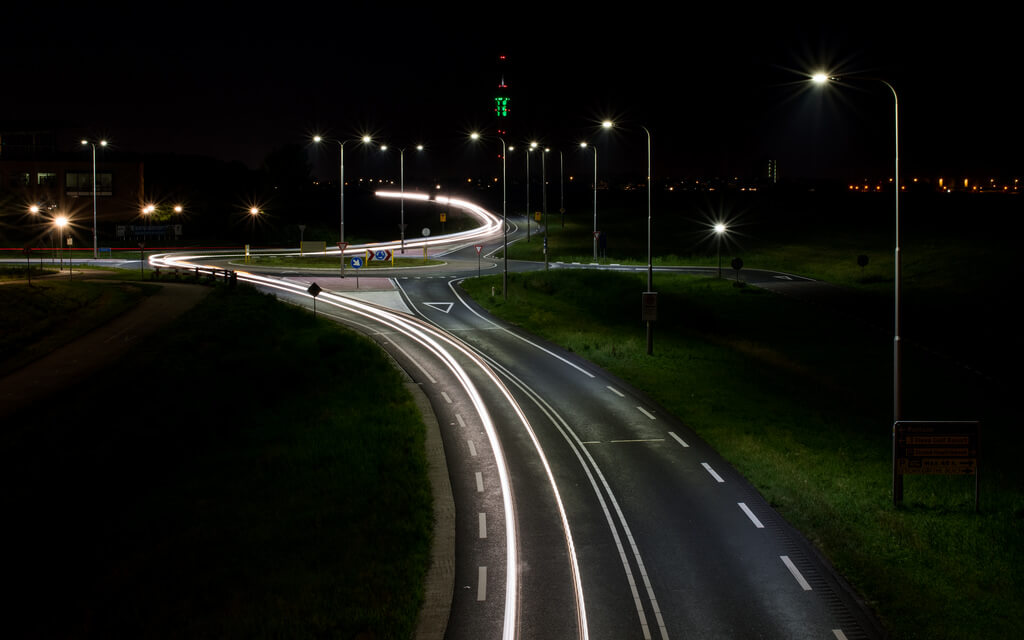
5. Fog / Mist at Night
Photographing fog or mist at night can prove challenging, but it’s worth the effort. Mist can make a night scene look mysterious, silent, and solitary. Mood-wise, it’s the perfect accompaniment to darkness, but technically, it can be hard to capture.
If you’ve never photographed fog or mist before, you can start by shooting it in the early morning. Then, you’ll at least have more light to work with. For more inspiration, look at these 50 magical examples of misty morning night photography.
Giuseppe Milo – The foggy bridge – Dublin, Ireland
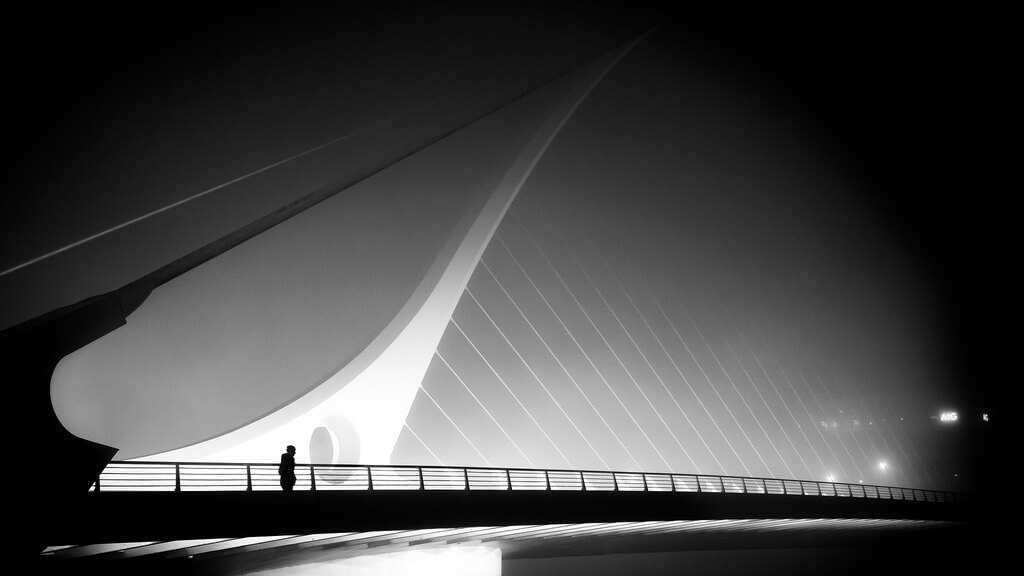
Yane Naumoski – Day 352: Through the fog
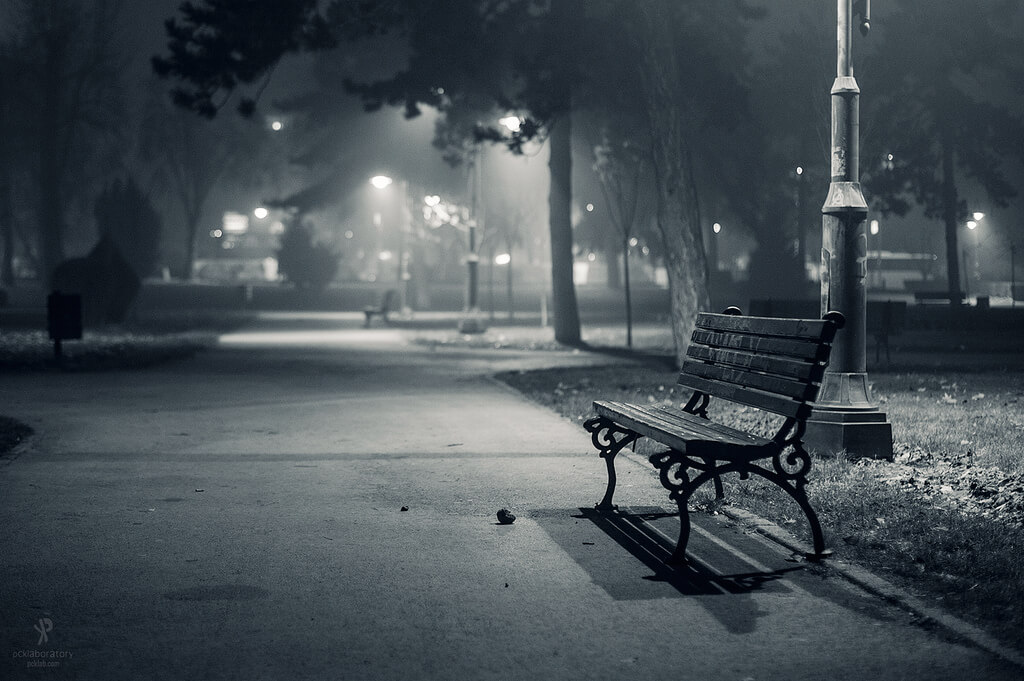
✓ Елена Пејчинова – Budapest Winter Mist

Juanedc.com – Cruzando el puente
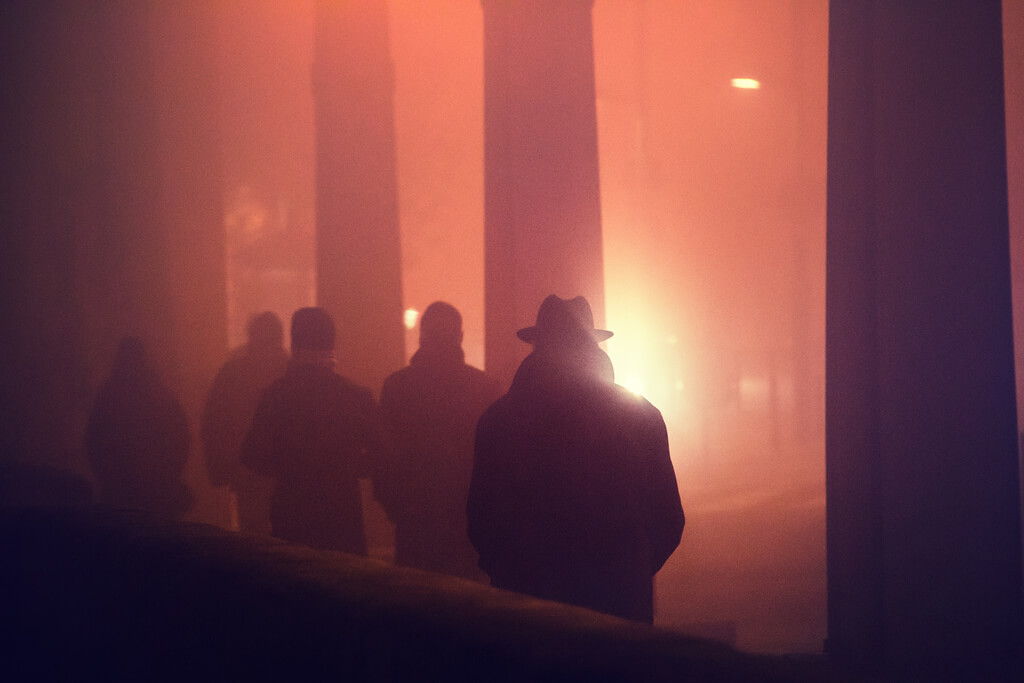
6. Trees / Leaves for Night Photography
Nature, as a subject for night photography, often provides a different atmosphere or vibe than it does during the day. The same is often true for famous locations. For example, a gorgeous forest can look creepy at night. A simple plant can look elegant in the moonlight. If nothing else, we can use elements like trees and leaves to make fantastic silhouettes. Combine night photography of trees and leaves with the colors of fall photography and you can get some very magical imagery.
Matthew Johnson – Benched leaf
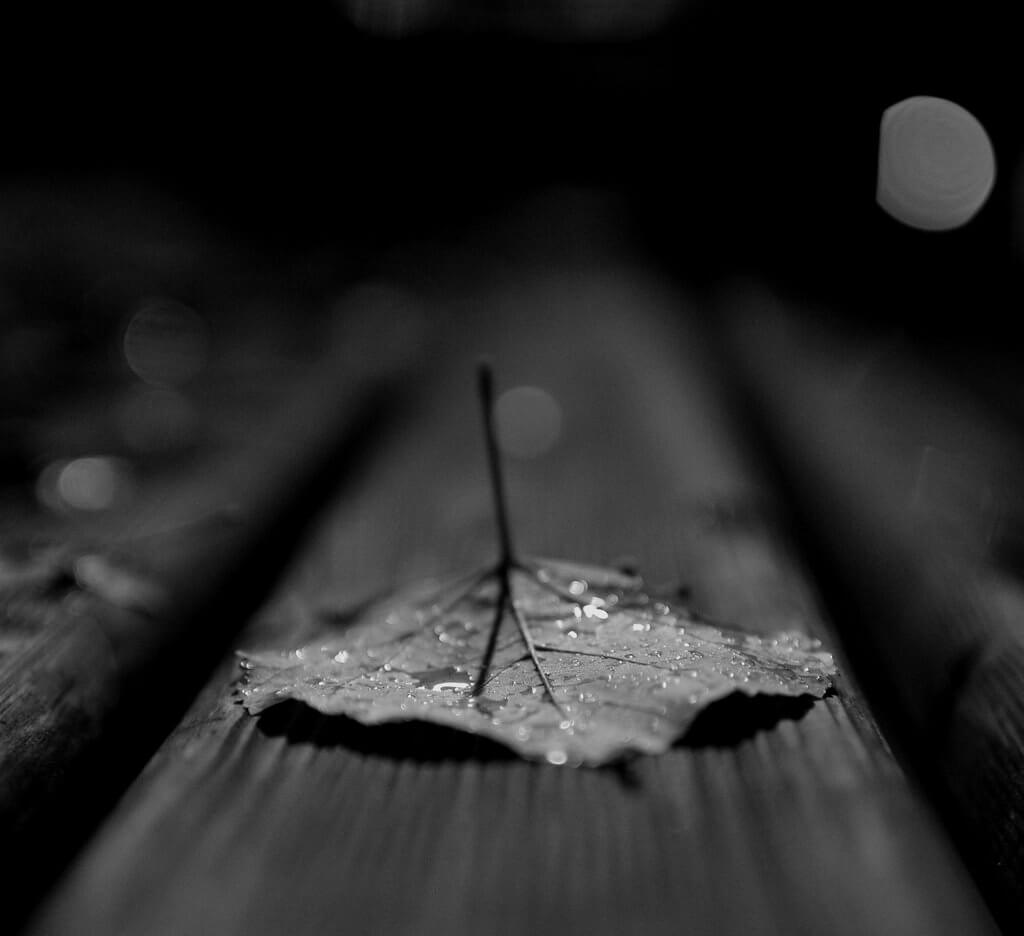
7. The Sky for Night Photography
Last but certainly not least, the sky can be a stunning subject to shoot at night, especially when it’s clear and full of stars. Even if you live in an area with light pollution, you can still get good shots of the moon and stars. Take a look at these 30 breathtaking photos of the night sky to get a bigger picture of what’s possible with night photography. Even with the night sky as the focus of the image, be sure to incorporate some of the foreground landscape or cityscape to give the image some frame of reference.
Shirren Lim – .aquarid meteor over mount bromo.
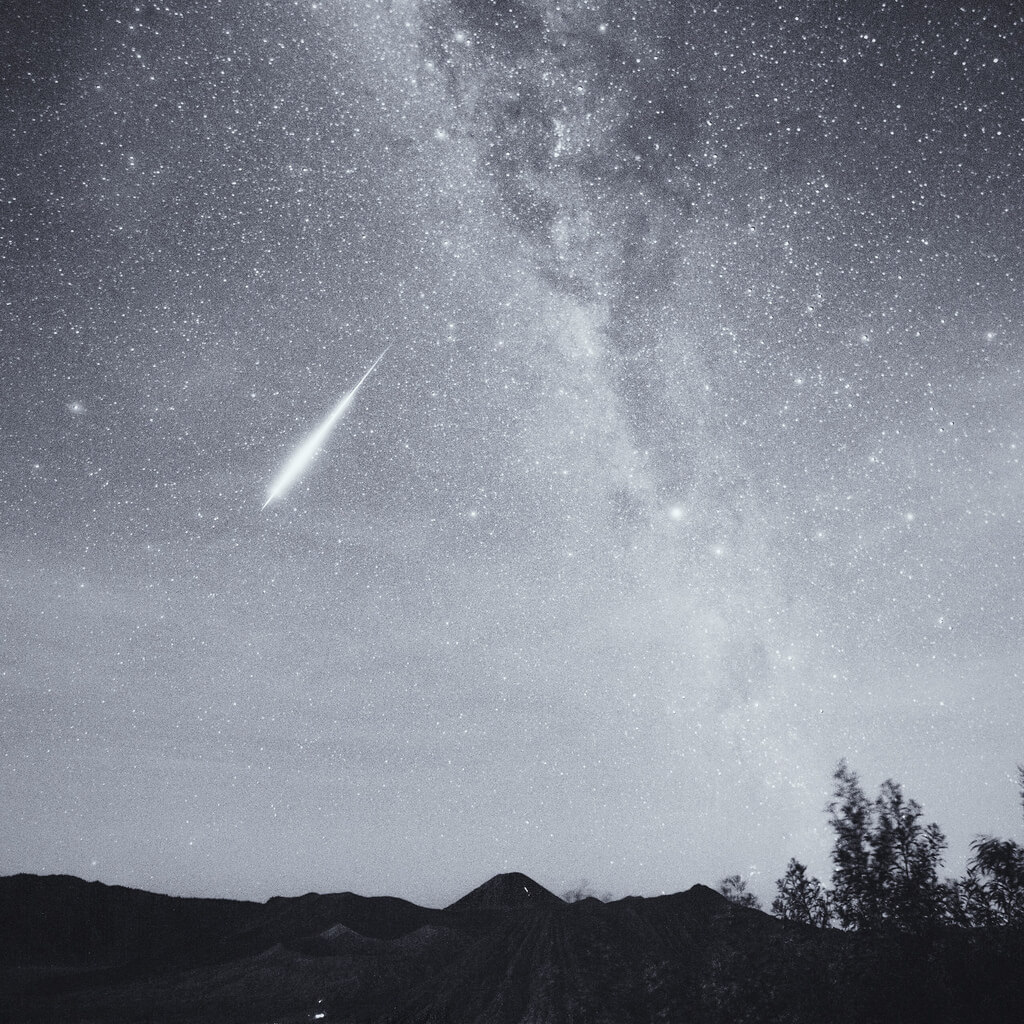
Giuseppe Milo – Northern lights – Budir, Iceland
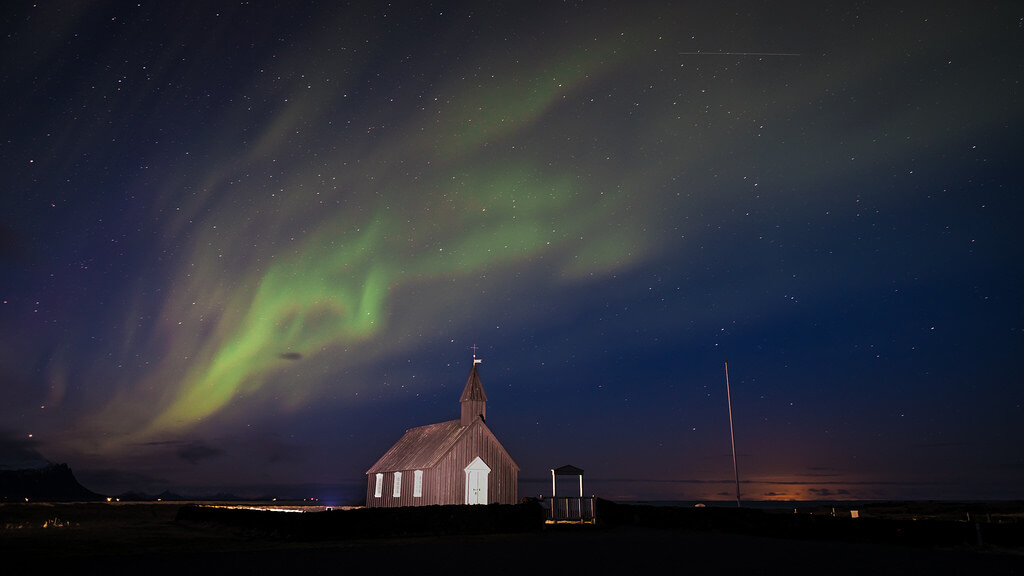
Scott Ackerman – Starlight and Shadows
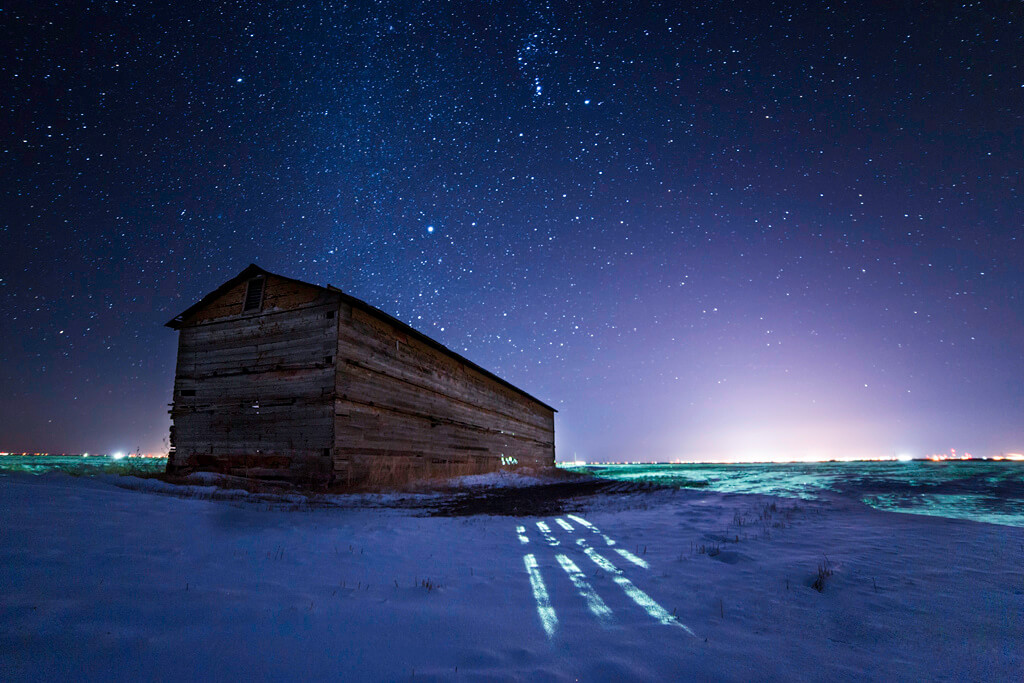
Ben Robinson – Queenstown Lights
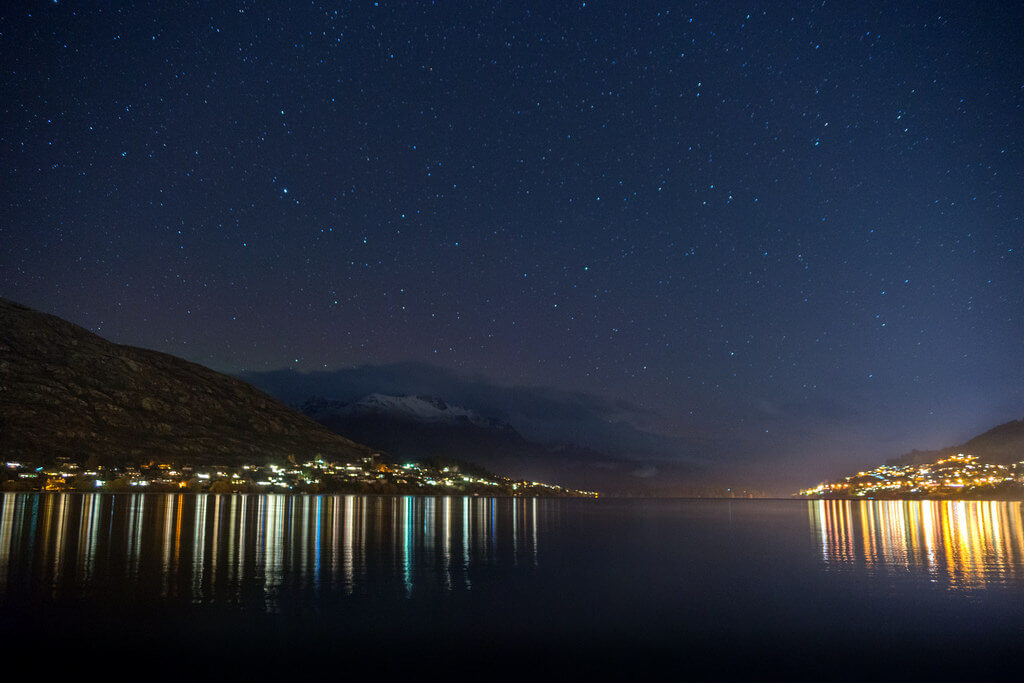
Many of the above night photography images were selected from our creative Flickr group. Next time you take a beautiful photo at night, add it to the group so we can appreciate your work!
Night Photography Tips
To help you with your night photography journey, here are a few tips to keep in mind:
- Bring a tripod – for some effects, you’ll have to use very long exposures, so a tripod will help you get crisp images.
- Use low aperture lenses – The wider your aperture can get, the shorter your shutter speed durations can be without using a tripod. This is particularly handy for night street photography or night portrait photography.
- Consider Using Flash – Flash can “freeze” your subject, even with long exposures. Using flash correctly can help you achieve sharp subjects with longer exposures.
- Consider Blue Hour – Just after the sun sets is a time period called blue hour, which can be the perfect time for night photography.
